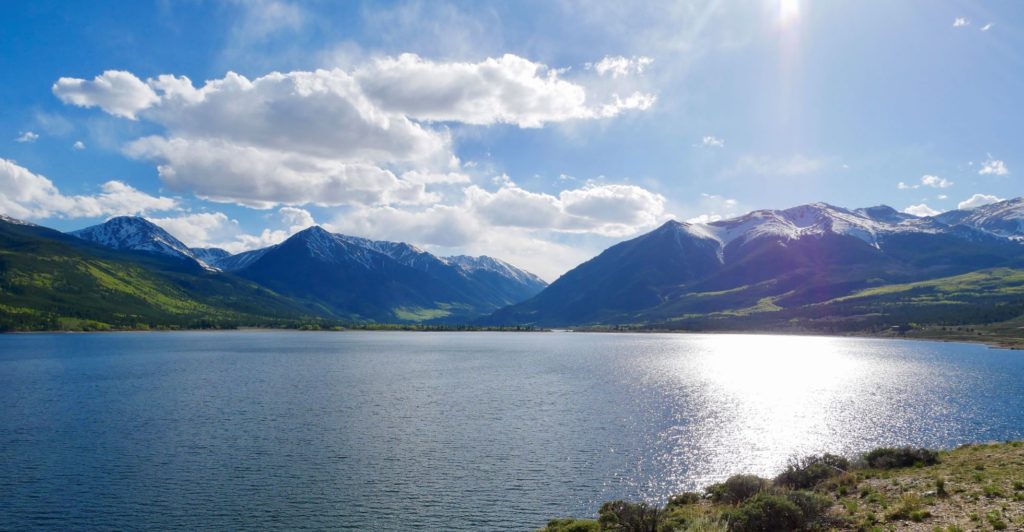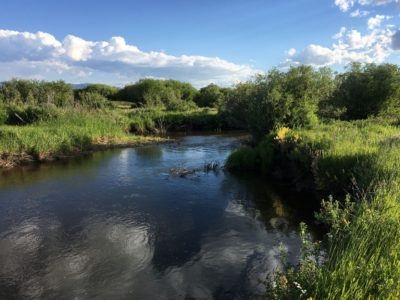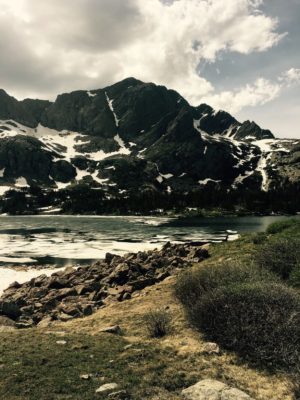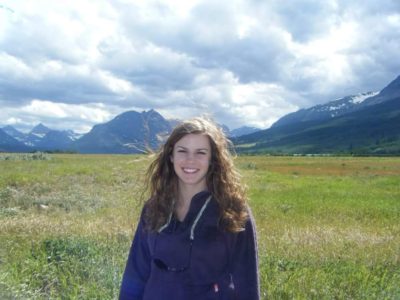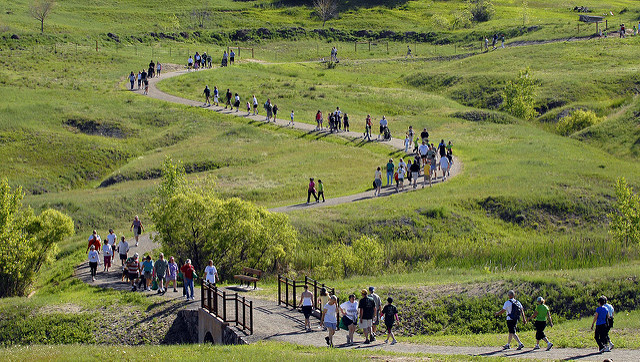
In mid-January, 2018, a diverse group of residents and agency representatives formed with wide-ranging areas of interest, but they had one thing in common — keeping Broomfield a healthy place to live, work, and play. The group is Broomfield’s Health and Human Services Advisory Committee or HHSAC (pronounced H-Sack). HHSAC meets monthly to advise the city and county on community needs and interests around public health. HHSAC met with Broomfield’s Public Health and Environment Division and CDR Associates to talk about the city and county’s Public Health Improvement Plan.
Colorado’s 2008 Public Health Act mandates that every five years local health agencies examine data about the public health of their communities. For Broomfield, examining this data is the foundation of their Public Health Improvement Plan or PHIP. In addition to the core services Broomfield’s Public Health Department always conducts, the PHIP identifies one or more public health issues that the city and county focus on for five years, seeking to make measurable impact on a stymieing challenge.
But there are so many different public health issues. Which one(s) should the PHIP focus on? That’s the question HHSAC, the public health staff, and CDR grappled with. Broomfield had quantitative data on 12 health priorities, where they measured impact of various issues like chronic diseases, access to health care, mental health, and more. But, it was important to both Broomfield and HHSAC to understand the “why” behind the data, to get the opinions and knowledge of neighbors, service providers, and experts. Marie Grucelski, a public health educator for Public Health and Environment, says, “We need a combination of the facts and figures from places like the CDC and the Colorado Department of Public Health along with the views and opinions of our community members in order to tell the complete story of our community’s health.”
They’re starting in a good place. U.S. New & World Report ranked Broomfield as the 3rd healthiest county in the U.S. in 2018. Broomfield Public Health and Environment and HHSAC aim to make the city and county even healthier, for all populations in their community.
In order to select those public health priorities, Broomfield wanted to hear from the public. In conjucntion with City staff, CDR began conducting a Community Health Assessment or CHA. Broomfield’s goal with the CHA was to hear from as wide a group of voices from the community as possible. To do that, CDR developed multiple methods to meet various community members where they are — using a Broomfield-wide citizen survey, on-location card surveys, online digital surveys, in-person focus groups and interviews, and marketing approaches that notify folks through social media. CDR will collect and analyze the data, use a thematic categorization and coding system and a criteria selection process, and develop an analysis of the qualitative input to tell HHSAC what Broomfield’s community members think and know.
After the information has been collected and analyzed, CDR will gather once again with HHSAC and public health staff. They will meet again and begin review the data — the quantitative date, the qualitative data, and the community input. CDR will work with HHSAC as they debate pros and cons and criteria for selection. In the end, HHSAC will select two to three public health priorities and will identify ways to make Broomfield a healthier place to live, work, and play.
If you have any questions about CDR’s public health work or community assessments and data analysis, write Jeffrey Range at jrange@mediate.org.


